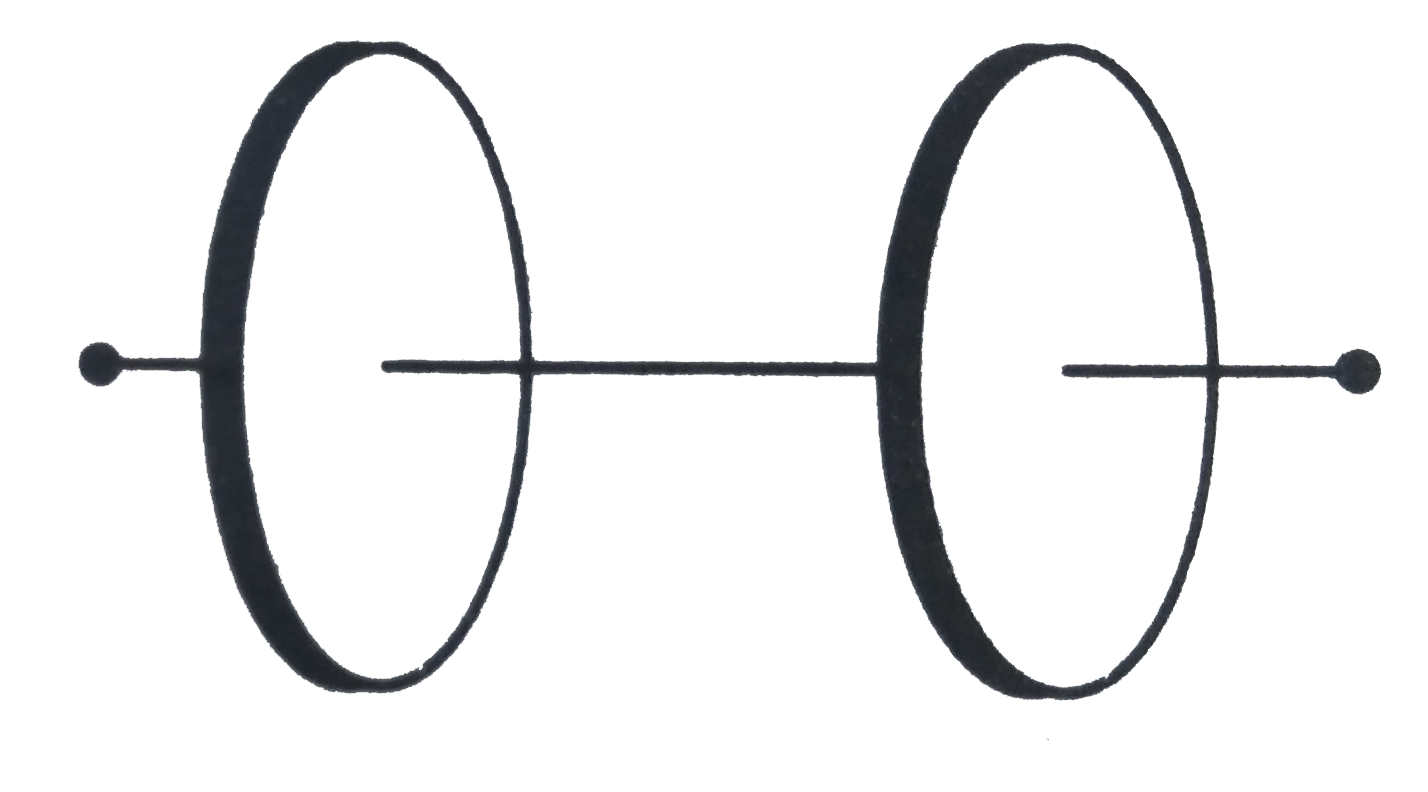Text Solution
Verified by Experts
|
Topper's Solved these Questions
ELECTROMAGNETIC WAVES
MODERN PUBLICATION|Exercise NCERT FILE ( NCERT ADDITIONAL EXERCISES )|4 VideosView PlaylistELECTROMAGNETIC WAVES
MODERN PUBLICATION|Exercise NCERT FILE (NCERT EXEMPLAR PROBLEMS OBJECTIVE QUESTIONS)|13 VideosView PlaylistELECTROMAGNETIC WAVES
MODERN PUBLICATION|Exercise TOUGH & TRICKY PROBLEMS|4 VideosView PlaylistELECTROMAGNETIC INDUCTION
MODERN PUBLICATION|Exercise CHAPTER PRACTICE TEST FOR BOARD EXAMINATION|14 VideosView PlaylistELECTROSTATIC POTENTIAL AND CAPACITANCE
MODERN PUBLICATION|Exercise Chapter Practice Test|9 VideosView Playlist
Similar Questions
Explore conceptually related problems
Knowledge Check
A
B
C
D
Submit
A
B
C
D
Submit
Similar Questions
Explore conceptually related problems
MODERN PUBLICATION-ELECTROMAGNETIC WAVES-NCERT FILE ( NCERT TEXTBOOK EXERCISES )
- Figure shows a capacitor made of two circular plates each of radius 12...
06:07
|
Playing Now - A parallel plate capacitor made of circular plates each of radius R= 6...
04:32
|
Play - Which physical quantity is the same for X-rays of wavelength 10^(-10) ...
01:45
|
Play - A plane electromagnetic wave travels in vacuum along z- direction. Wha...
03:03
|
Play - A radio can tune into any station in the 7.5 MHz to 12 MHz band. What ...
01:26
|
Play - A charged particle oscillates about its mean equilibrium position with...
02:57
|
Play - The amplitude of the magnetic field part of a harmonic electro...
02:04
|
Play - Suppose that the electric field amplitude of an electromagnetic wave u...
05:11
|
Play - The terminology of different parts of the electromagnetic spectrum is ...
03:46
|
Play - In a plane electromagnetic wave the electric field osciallates ...
06:06
|
Play - Suppose that the electric field part of an electromagnetic wave ...
07:57
|
Play
 .
.